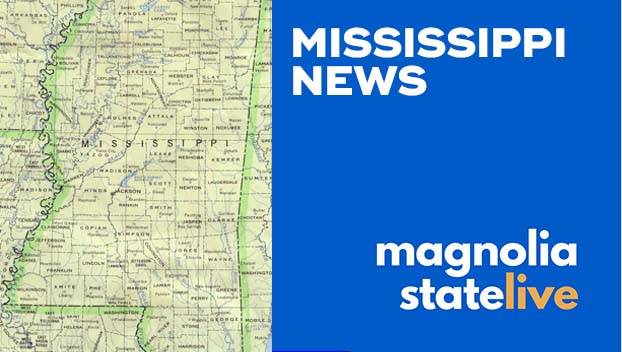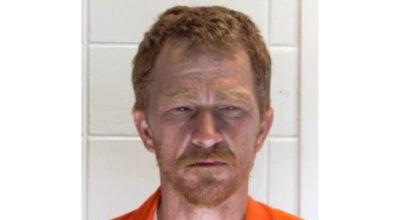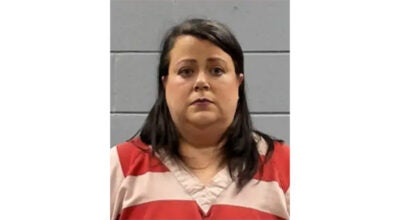Fifty years later: Remembering Hurricane Camille
Published 8:48 am Saturday, August 24, 2019
The Biloxi Bay Bridge was badly damaged during Camille, but it and the Bay of St. Louis bridge were demolished and stacked like dominoes after Katrina. Homes and businesses that had survived Camille were gone without a trace after Katrina.
Sullivan published his book “Hurricanes of the Mississippi Gulf Coast: Three Centuries of Destruction” in 1986 and republished it in 2009 with the details of Katrina’s wrath. Camille left 68 square miles of destruction and destroyed 5,662 houses, he said. Katrina’s disaster area was 28,000 square miles across 4 states, with 68,000 houses destroyed and thousands more damaged.
Herbert Saffir, co-founder of the Saffir-Simpson scale, was in his 90s when he visited South Mississippi three months after Katrina.
“He said that when Katrina was a Category 5 over the open Gulf of Mexico, it pushed forth a Category 5 surge wave,” Sullivan said. “Then when the storm degraded first to a Category 4 and then to a Category 3, those winds were sufficient to keep the Category 5 surge moving.”
The damage from Camille was $1.4 billion in 1969 dollars. Katrina’s damage was $125 billion in 2005.
He was 15 when Camille hit, recalls Bobby Carter of Ocean Springs, now director of the Mississippi Gulf Coast Billfish Classic. He and friends Steve Williams and Bobby Penton were out on the water at the foot of Martin Avenue in Ocean Springs, on surfboards in the “dead calm” before the storm.
“Looking back toward Horn Island it was just dark,” he said. “It was coming. We were going to ride the waves.”
Glenn Young, longtime civil defense director for Ocean Springs, drove by and called out to them on a megaphone — “Boys, don’t your realize there’s a hurricane coming?”
They immediately got out of the water, Carter said, and by the time they got home it was raining.
When he went down to the beach the next day and saw all the damage, “I wanted to call Glenn Young and thank him,” Carter said. “I thought I was pretty smart at 15,” he said. “Now, looking back, I wasn’t too bright.”
He said they didn’t know the storm would be that strong, that there weren’t the news bulletins there are today or ominous warnings from the National Hurricane Center that made it to them.
When Katrina neared the Coast 36 years later, Carter said he listened to the forecasts and took his family to Destin, Florida. “I was not even thinking about going surfing,” he said. It took 1 1/2 years to get back into his damaged home.
There were no text messages, social media or Jim Cantore on The Weather Channel to warm people of how dire Camille might be, Lacy said.
More News






